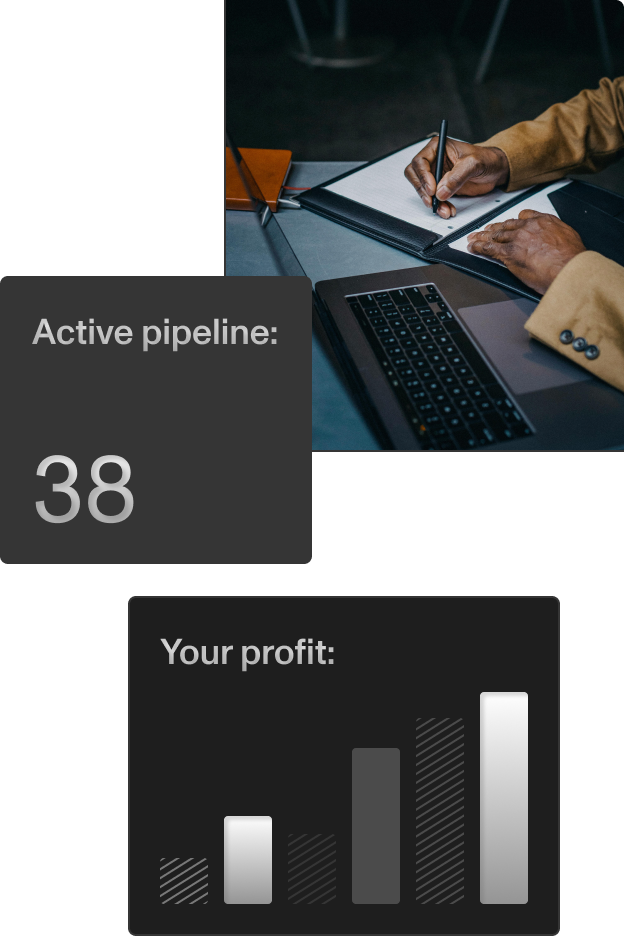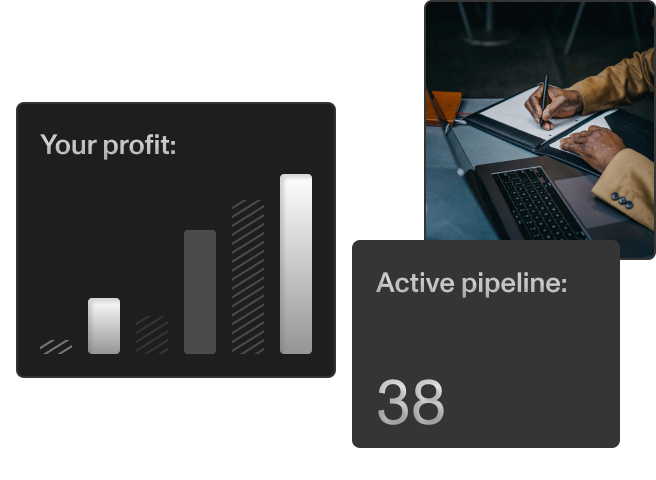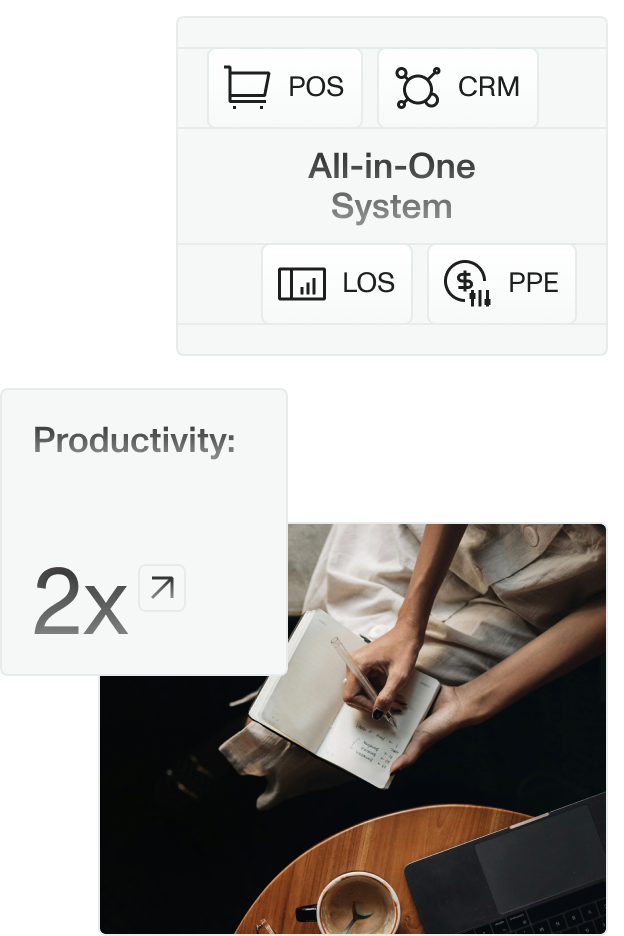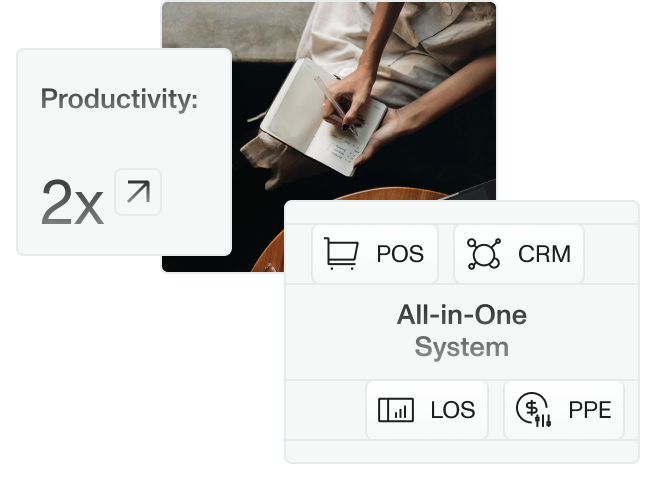Non-QM loans (short for Non-Qualified Mortgages) have become a meaningful part of modern mortgage lending. As borrower profiles range, but traditional loan criteria remain restrictive, Non-QM products offer a flexible solution for unique financial scenarios. However, as expected, this flexibility also comes with increased regulatory scrutiny.
To serve borrowers responsibly and sustainably, mortgage professionals need a firm understanding of non-QM loan compliance, underwriting requirements, and evolving regulatory frameworks.
If that’s you, you’re in the right place. This article will break it down.
What Are Non-QM Loans?
Non-QM loans are mortgage products that do not meet the Consumer Financial Protection Bureau’s (CFPB) standards for Qualified Mortgages (QM). These standards include strict debt-to-income ratios, standardized documentation, and underwriting based on Appendix Q of the Dodd-Frank Act.
Borrowers who typically benefit from Non-QM loans include:
- Self-employed individuals with fluctuating income
- Real estate investors who prioritize cash flow over W-2s
- High-net-worth borrowers using asset-based qualification
- Gig workers and freelancers with non-traditional income streams
Common types of Non-QM loan products:
- Bank statement loans: Use 12–24 months of bank statements instead of tax returns
- DSCR loans: Rely on rental income to assess property cash flow
- Interest-only mortgages: Allow borrowers to pay interest without reducing principal early on
- Asset depletion loans: Qualify based on liquid assets instead of active income
For example, a real estate investor may use a DSCR loan to finance a rental property based on expected rental income, not personal income.
While these loans open doors for underserved borrowers, they also require a different level of due diligence and regulatory understanding.
Regulatory Challenges for Non-QM Loans
Unlike QM loans, Non-QM loans fall outside the safe harbor protections provided by the CFPB. That puts greater emphasis on a lender’s ability to demonstrate that they’ve followed the Ability-to-Repay (ATR) Rule* under the Dodd-Frank Act.
*The ATR Rule requires lenders to reasonably verify that a borrower can repay the loan, using documented income, assets, debts, and credit history.
Key regulatory challenges include:
- Demonstrating ATR compliance through comprehensive file documentation
- Navigating non-qualified mortgage regulations that vary by state
- Balancing investor demand with risk tolerance in the absence of GSE (Fannie/Freddie) backing
- Managing securitization and liquidity risk from private-label investors
Quick Scenario:
Let’s paint a possible real-life picture. A lender approves a bank statement loan without fully documenting business deposits. Six months later, the investor issues a repurchase demand due to a lack of ATR documentation, costing the lender both the loan and legal fees.
Without clear-cut formulas, underwriting teams must interpret guidelines responsibly and document loan files meticulously. Missteps can lead to repurchase demands, legal scrutiny, or reputational harm.
Best Practices for Staying Compliant
The complexity of non-QM underwriting guidelines makes it critical to implement structured compliance workflows. Here are some ways lenders can protect themselves while expanding their product offerings:
- Use advanced underwriting technology to flag risk variables and support more nuanced income and asset verification. Explore Sonar’s Mortgage CRM Software for automated underwriting tools.
- Implement compliance automation tools to monitor changes in federal and state-level regulations that affect Non-QM lending. See how our automation and documentation workflows help.
- Train staff regularly on loan-level compliance, state nuances, and documentation standards.
- Centralize borrower documentation and audit trails to support investor reviews and compliance audits.
Lenders have a distinct advantage over others by partnering with a technology provider that supports non-QM loan compliance at every step, from origination through post-close review.
The Future of Non-QM Loans and Regulatory Outlook
The Non-QM segment continues to grow as borrower needs shift and housing affordability challenges persist. Several trends are driving this expansion:
- A rise in self-employed and gig economy workers
- Increased investor appetite for private-label securitizations
- Homebuyers seeking alternative paths to ownership as traditional guidelines tighten
However, the regulatory outlook remains fluid. The CFPB may issue clarifications or adjustments to ATR interpretations. Meanwhile, more states are considering their own non-qualified mortgage regulations, further emphasizing the need for proactive monitoring.
In a volatile rate environment, non-QM lending could become both an opportunity and a risk, depending on how well lenders adapt.
Stay Ahead of the Curve with Sonar
Non-QM loans offer lenders and borrowers valuable flexibility, but with that comes responsibility. Understanding regulatory frameworks, maintaining airtight documentation, and implementing strong compliance systems are essential to navigating this space safely.Sonar equips lenders with tools to expand Non-QM lending while reducing compliance risk. See how our automation and documentation tools can help.







